British electric motor maker Yasa expects it will almost double its annual production volumes by 2026, as several major brands launch new plug-in hybrid and electric performance cars exploiting its technology.
It said it expects annual production volumes to rise from just under 15,000 currently to around 25,000 in 2026, as its unique motor design underpins an increasing number of new cars from the likes of Lamborghini and Mercedes-AMG.
It employs a proprietary axial flux design, dubbed the Yokeless and Segmented Armature (Yasa), that is claimed to be four times more power-dense than the radial flux motors common in today’s mainstream electric and hybrid cars.
In simple terms, it provides a boost of around 150bhp or more in a package not much larger or heavier than a stack of three or four dinnerplates.
Its motors have already been used in hybrids such as the Ferrari SF90, Ferrari 296 GTB and Lamborghini Revuelto.
However, it is the upcoming Lamborghini Temerario that is set to comprise the bulk of the brand’s increase in output, given that it uses three Yasa motors and will be produced in large numbers.
For reference, Lamborghini built more than 20,000 examples of the Temerario’s predecessor, the Hurácan, over its decade-long lifespan.
As previously reported by Autocar, Yasa motors will also feature in the new super-saloon that Mercedes-AMG will unveil next month. It will be the first model based on the performance brand’s AMG.EA electric car platform.
Autocar understands it will employ as many as three motors of a new design, each producing 473bhp in a unit weighing 24kg and occupying just five litres of space – roughly half the size and weight of a Tesla Model 3’s 241bhp radial flux motor.
The same motor will also be deployed in the AMG variant of the new Mercedes-Benz CLA saloon due next year as well as a Porsche Cayenne Electric rival due in 2027.
These AMG motors are set to be produced in Germany, however.
Nonetheless, the company's rise in output has required an overhaul of the company’s factory, setting up two production lines dedicated to supplying motors according to the needs of Ferrari and Lamborghini.
Discussing Yasa’s rise from a University of Oxford PhD project to a supplier to some of the world’s most prominent supercar manufacturers, founder and technology chief Tim Woolmer told Autocar: “Ferrari said to us: ‘We cannot find a supplier on the planet that can fit a motor in the space [65mm] we have, because the engine crank is very low’.


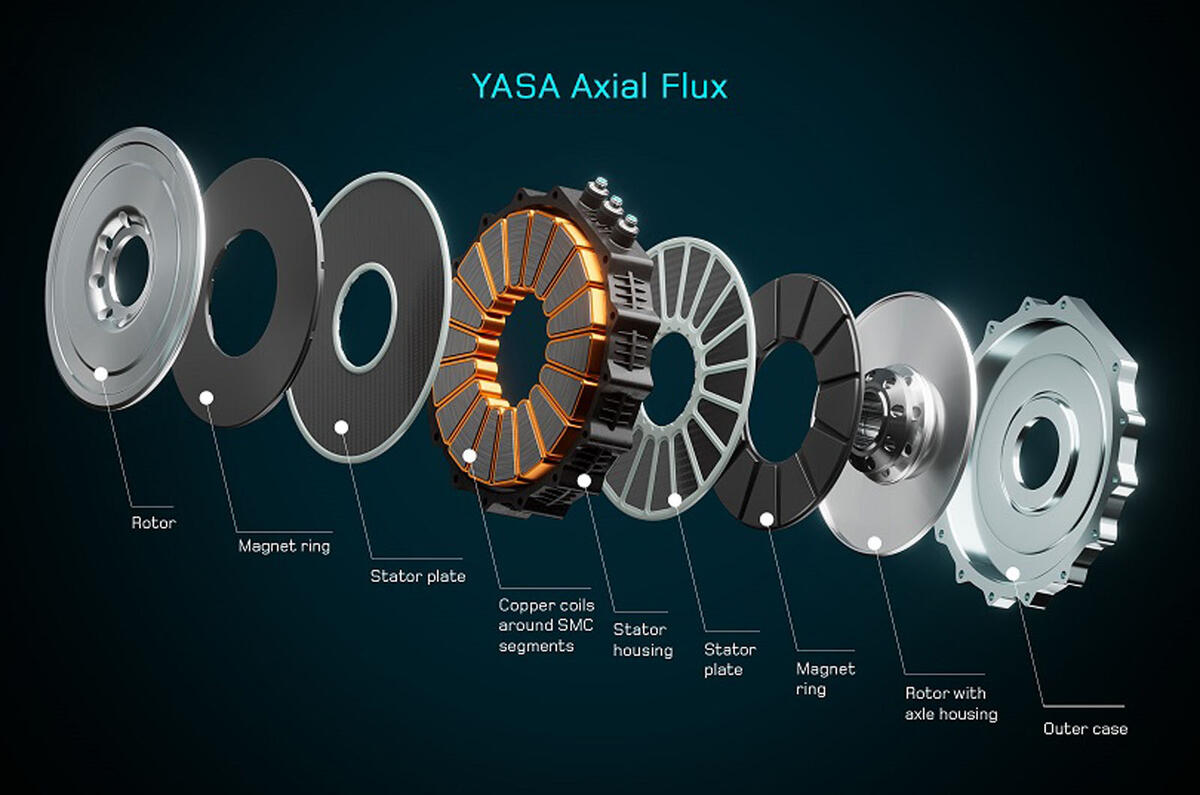
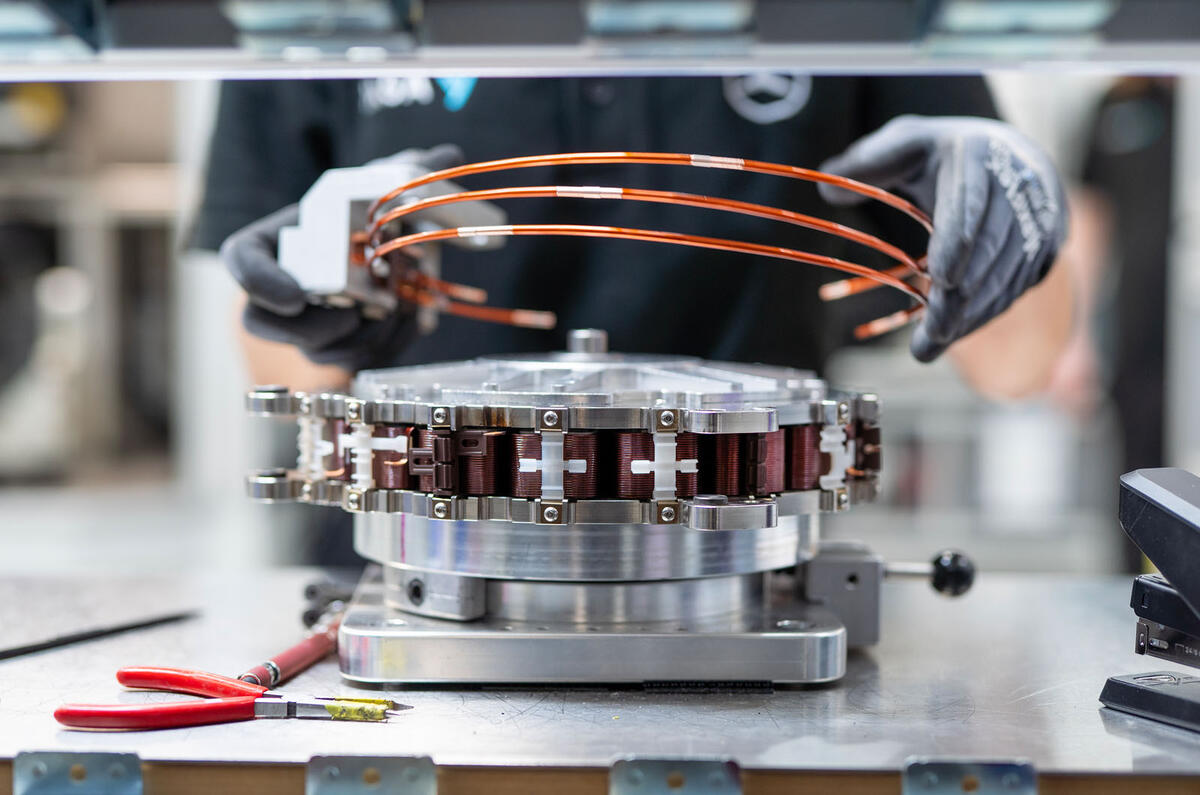
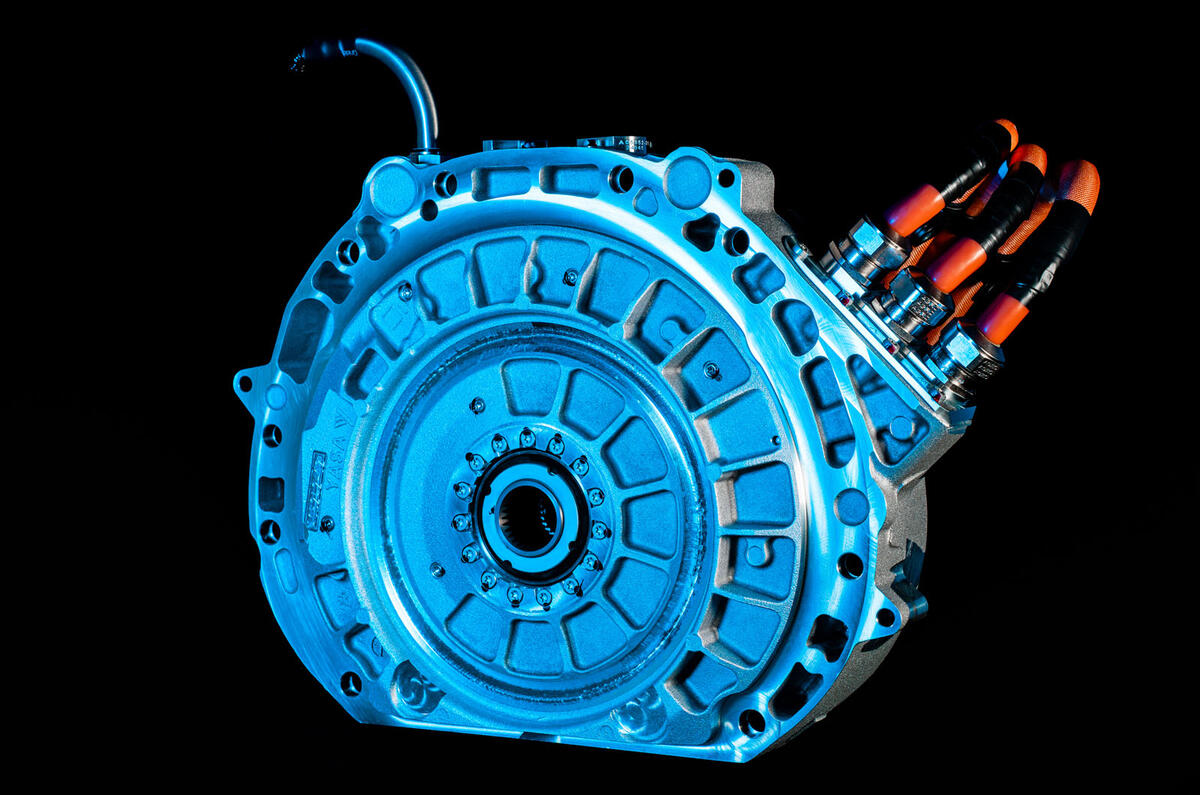
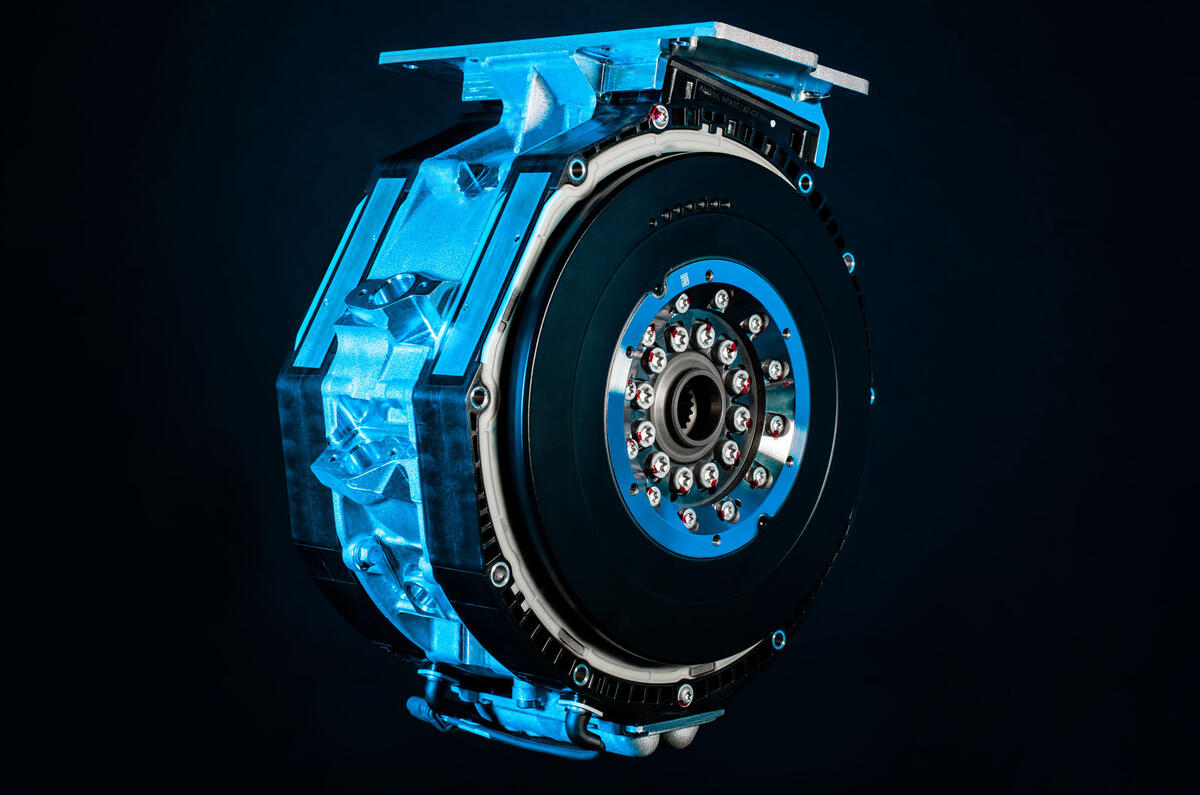
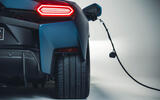

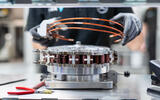
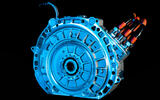
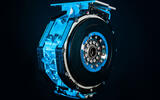






Join the debate
Add your comment
My guess is that they're expensive.